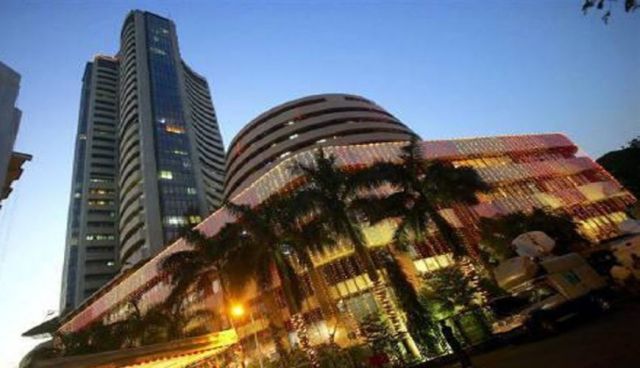
by admin | May 25, 2021 | Economy, Markets, News
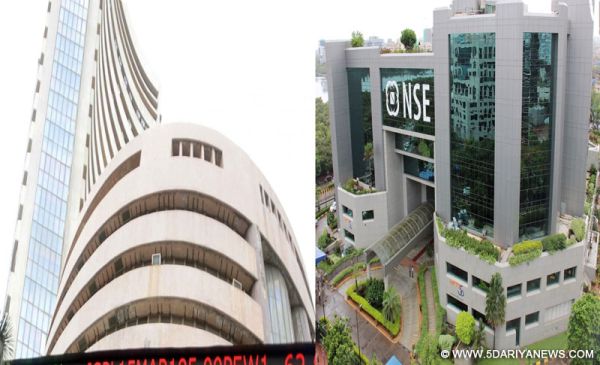 Mumbai : Higher inflation data and caution ahead of Karnataka election results kept the key Indian equity markets subdued on Monday afternoon.
Mumbai : Higher inflation data and caution ahead of Karnataka election results kept the key Indian equity markets subdued on Monday afternoon.
India’s wholesale inflation rate rose to 3.18 per cent in April from 2.47 per cent in the previous month, official data showed here on Monday.
According to market observers, heavy selling was witnessed in consumer durables, auto and capital goods stocks.
At 1.56 p.m., the wider 50-scrip Nifty of the National Stock Exchange (NSE) was trading at 10,781.85 points — down 24.65 points or 0.23 per cent from the previous close of 10,806.50 points.
The Sensex of the BSE, which opened at 35,555.83 points, was trading at 35,490.26 points (1.56 p.m.), lower by 45.53 points or 0.13 per cent from the previous day’s close at 35,535.79 points.
The Sensex touched a high of 35,642.72 points and a low of 35,456.56 points in the trade so far.
The BSE market breadth was bearish with 1,752 declines and 790 advances.
So far, the major gainers on the BSE were Dr Reddy’s Lab, NTPC, Sun Pharma, Tata Steel and State Bank of India, while Tata Motors (DVR), Tata Motors, Mahindra and Mahindra, ICICI Bank and Yes Bank were the major losers.
On the NSE, the top gainers were NTPC, Dr Reddy’s Lab and State Bank of India. The major losers were Titan, Zee Entertainment and Indusbulls Housing Finance.
—IANS
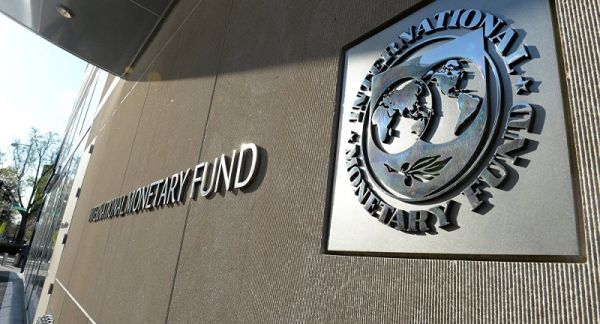
by admin | May 25, 2021 | Economy, Markets, News
 By Arul Louis,
By Arul Louis,
United Nations : The International Monetary Fund (IMF) reaffirmed on Wednesday that India will be the fastest growing major economy in 2018, with a growth rate of 7.4 per cent that rises to 7.8 per cent in 2019 with medium-term prospects remaining positive.
The IMF’s Asia and Pacific Regional Economic Outlook report said that India was recovering from the effects of demonetisation and the introduction of the Goods and Services Tax and “the recovery is expected to be underpinned by a rebound from transitory shocks as well as robust private consumption.”
Medium-term consumer price index inflation “is forecast to remain within but closer to the upper bound of the Reserve Bank of India’s inflation-targeting banda of four per cent with a plus or minus two per cent change, the report said.
However, it added a note of caution: “In India, given increased inflation pressure, monetary policy should maintain a tightening bias.”
It said the consumer price increase in 2017 was 3.6 per cent and projected it to be five per cent in 2018 and 2019.
“The current account deficit in fiscal year 2017-18 is expected to widen somewhat but should remain modest, financed by robust foreign direct investment inflows,” the report said.
After India, Bangladesh is projected to be the fastest-growing economy in South Asia with growth rates of seven per cent for 2018 and 2019; Sri Lanka is projected to grow at four per cent in 2018 and 4.5 in 2019, and Nepal five per cent in 2018 and four per cent in next. (Pakistan, which is grouped with the Middle East, is not covered in the Asia report.)
Overall, the report said that Asia continues to be both the fastest-growing region in the world and the main engine of the world’s economy.
The region contributes more than 60 per cent of global growth and three-quarters of this comes from India and China, which is expected to grow 6.6 per cent in 2018 and 6.4 per cent in 2019, it said.
The report said that US President Donald Trump’s fiscal stimulus is expected to support Asia’s exports and investment.
The Asian region’s growth rate was expected to be 5.6 per cent for 2018 and 2019.
However, in the medium term the report said that “downside risks dominate” for the region and these include a tightening of global financial conditions, a shift toward protectionist policies, and an increase in geopolitical tensions.
Because of these uncertainties the IMF urged the countries in the region to follow conservative policies “aimed at building buffers and increasing resilience” and push ahead with structural reforms.
“While mobile payments are expanding sharply in such economies as Bangladesh, India, and the Philippines, on average Asia is lagging sub-Saharan Africa,” the IMF said, adding that the region should take steps to ensure it is able to reap the full benefits of increasing digitalisation in the global economy.
(Arul Louis can be reached at arul.l@ians.in)
—IANS
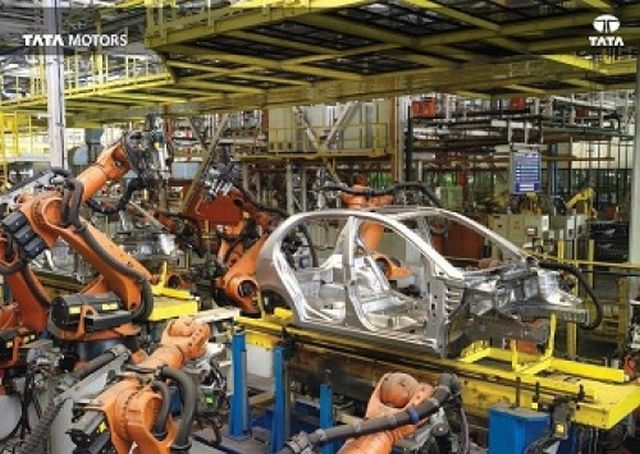
by admin | May 25, 2021 | Economy, News, Opinions
 By Amit Kapoor,
By Amit Kapoor,
By all estimates, the Indian economy has entered a phase of recovery. After a period of subdued growth that was marred by a spate of disruptions, India has regained the fastest-growing major economy tag and a growth rate exceeding seven per cent is expected this year. Most reassuringly, the manufacturing sector has shown an uptick with the latest data pointing to an improvement in industrial production for the fourth month in a row. The agricultural sector also holds strong promise of growth since the monsoon has been predicted to be normal this year.
Meanwhile, the bidding for stressed assets under the Insolvency and Bankruptcy Code (IBC) is in full-swing and will hopefully boost the animal spirits of the economy. Also, inflation is already under check, implying that no near-term rate hikes are expected by the Reserve Bank of India (RBI) and investors can breathe easy.
There are also some grey areas within the economy. The fiscal situation is slightly tight but not unmanageable. The rupee is weakening but since it was already over-valued, a slight adjustment could give the required boost to the export sector. In all, it seems like a good year of healthy growth awaits.
The growth revival story, however, still carries some chinks in its armour. The biggest one comes as a threat to the inflation rate. Until now, India has witnessed a decline in inflation mainly due to a fall in global commodity prices. Oil, gold and coal constitute almost half of India’s imports. The steep decline in prices of these commodities over the last few years has kept inflation under check. The trend is gradually reversing this year. Oil prices have already risen to levels last seen in 2014 on looming geopolitical risks over the Iran deal. Similarly, gold prices are also expected to heat up as global economic uncertainties over issues like potential trade wars can result in short-term tailwind towards such safe assets.
If such pressure builds up on commodity prices, over which India has little control, inflation might become difficult to control. Such a scenario would result in a hawkish stance by the RBI and a rise in economy-wide interest rates harming investment sentiments that have already been precariously low over the last few years.
Also, lower oil prices over the last few years have helped the government improve upon the fiscal front due to a reduced subsidy bill and increased excise taxes. These added financial benefits for the government will end as oil prices increase this year. The fiscal position, therefore, might become highly vulnerable. The only saving grace is that subsidies have been rightly withdrawn for petrol and diesel and, hence, the price rise of these commodities will be borne mainly by the consumer.
Second, India’s growing trade imbalance is another cause of concern. In February, the deficit rose to a 56-month high. Imports have expanded at a faster pace than exports over the last year. Since the imposition of the goods and services tax (GST), delays in refunds of input tax credits have hurt export activity. The widening of the current account deficit is not a cause for alarm in itself but combined with high inflation and the fiscal deficit, it can weigh heavily on the rupee. The Indian rupee has already become one of Asia’s weakest currencies in 2018. Any further dip could critically weaken the economy’s fundamentals.
Third, the fiscal deficit, which has been kept under strict control until now, might itself become a concerning aspect for the economy. Despite all efforts by the government to keep a tight leash on the fiscal front, a lot depends on the tax revenue collection across the country. However, revenues have dipped since the corporate tax was reduced from 35 percent to 25 percent in the last budget and GST revenues have mostly stayed lower than expected.
This has made the government dependent on non-tax revenue sources like disinvestments and additional dividends from the RBI to meet its fiscal deficit targets. Since the government has already revised the target upward from 3 percent to 3.3 percent, there remains no more room for manoeuvring. Therefore, the government needs to be wary of any missteps on its path towards fiscal consolidation.
All of these macro-economic concerns, from inflation to the trade imbalance to the fiscal deficit, are intricately tied amongst themselves. A high fiscal deficit could result in higher inflation and interest rates, which would dampen investment activity while a worsening current account due to costlier imports could also lead to a similar outcome. The situation is as if the Indian economy is walking across an economic landmine and any slip-up could being an end to all prospects of recovery.
( is chair, Institute for Competitiveness. The views expressed are personal. He can be contacted at amit.kapoor@competitiveness.in and tweets @kautiliya. Chirag Yadav, senior researcher, Institute for Competitiveness, has contributed to the article)
—IANS

by admin | May 25, 2021 | World
 By Gokul Bhagabati,
By Gokul Bhagabati,
Moscow : Aiming to overcome infrastructural limitations to its economic growth, Russia is now relying on an increased university-industry collaboration to integrate breakthrough technologies in building a new economy for the country — and there are lessons India can learn.
The National University of Science and Technology (NUST) MISIS has been mandated to create centres of excellence that can act as a playground for government departments and private companies to test new ideas.
One such centre that has come up in recent times is the “Center of Blockchain Competencies”. Set up just about six months ago in collaboration with NUST MISIS and Vnesheconombank (VEB), a government-run bank, it is a first-of-its kind centre to help government services to implement blockchain technology.
Although the use of blockchain technology has largely been limited to Cryptocurrencies worldwide, Vladimir Demin of Vnesheconombank, who oversees the implementation of this technology in the Russian economy and the country’s public administration system, believes that blockchain creates value and its use will soon spread to other sectors of the economy.
Addressing a group of journalists from around the world, Demin, an expert in innovation and blockchain technologies with over 20 years of experience in information technology (IT), said that widespread use of blockchain technology is almost unstoppable for three reasons.
First, as this technology is based on distributed storage of data, it brings transparency to any transaction, keeping everyone involved in the system aware of all the details.
While transparency is critical for the new economy, the other two crucial benefits of blockchain are that it can increase the speed of transactions while reducing the cost as this technology introduces peer-to-peer transactions and removes the need of intermediaries.
“Such is the transformative power of blockchain technology that it will eventually expand to every sector of the economy,” said Demin, who also serves as the Advisor to the Vnesheconombank Chairman.
But it is not easy to understand blockchain. And it is even more difficult to make someone implement this technology.
So the Center of Blockchain Competencies, which is commonly referred to as the “Blockchain-Commune” as it is designed to work like a community of like-minded people, educates the representatives of the government departments on the importance of the new technology and how to put their work on blockchain.
“We inform the state officials what is blockchain and how to implement it. This, in turn, brings us new projects,” said Demin while stating that the centre had already completed five projects in six months and was currently engaged in 20 new projects.
The centre brought together leading world experts as well as Russian researchers for implementing pilot projects based on blockchain technologies in various areas of public administration — from registration of real estate transactions to monitoring supply chains to subsidised medicines in the country – where there are chances of corruption.
Another such centre that the university recently set up is the “Center for Industrial Prototyping of High Complexity”, a multi-purpose high-tech digital laboratory for the creation of functional industrial prototypes.
Creating prototypes is important for the industry to understand and test the viability of their concepts.
The centre is designed to develop a prototype of any complexity — from micro-elements to satellite or bioorganisms — to cater primarily to the aerospace industry, biological engineering, medicine, space exploration and defence technologies.
Such a centre has especially proved useful for those players in the industry who cannot afford to create prototypes in their own factory.
In addition, the university also provides its expertise and space to private companies so that they can carry out research required for bringing out innovative new solutions for the economy.
One such company that has benefited from NUST MISIS expertise is TEEMP which is now part of the Renova Group, a principal investment firm specialising in investments in multiple sectors.
TEEMP, which is in a partnership with India’s Tata group to power their electric vehicles, claims to have developed a special energy storage solution that can work in both Arctic-like conditions and also in above 60 degrees Celsius conditions.
The university offers all-round support to such small enterprises, boosting the start-up ecosystem of the country in the process.
The university follows a policy of involving its students in the implementation of scientific and innovative projects, which are funded by both the state and industry partners of the university.
It also provides its students opportunity to implement their own scientific projects and launch start-ups based on the development and research of the university.
It is, therefore, not without any reason that India’s first Prime Minister Jawaharlal Nehru said that a university stands for the adventure of ideas and that “if the universities discharge their duties adequately, then it is well with the Nation and the People.”
The people of Russia realised this long ago and its universities continue to power innovations and also help the country implement breakthrough technologies for the economy of tomorrow. Time for India to do the same.
(Gokul Bhagabati was in Moscow at the invitation of NUST MISIS. He can be contacted at gokul.b@ians.in )
—IANS
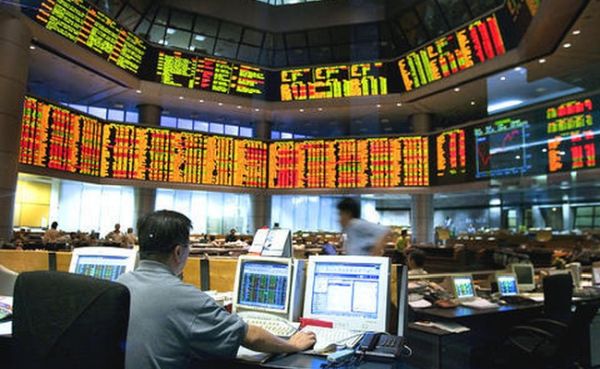
by admin | May 25, 2021 | Economy, Markets, News
 By Rohit Vaid,
By Rohit Vaid,
Mumbai : Macro-economic data points, coupled with fourth quarter (Q4) earning results, are expected to influence the Indian equity markets during the upcoming truncated week.
According to market observers, the US Fed’s open market committee meet along with the trajectory of global crude oil prices and the rupee’s movement against the US dollar can trigger volatility during the week’s trade sessions.
“The earnings momentum would again be critical since HDFC, Kotak Bank and Dabur will be releasing their numbers. For PSU and other banks, the key question is whether the peak in NPA (non-performing assets) reporting cycle is near,” Devendra Nevgi, Founder and Principal Partner, Delta Global Partners, told IANS.
Companies like HDFC, Kotak Mahindra Bank, HCL Technologies, Hero MotoCorp, Interglobe Aviation, Marico, Welspun Corp and Adani Ports and Special Economic Zone are expected to announce their Q4 earning results next week.
“Earnings and (the Karnataka) election will be the main triggers for the market while investors will have to keep an eye on domestic headwinds like rise in oil price and rupee movement,” said Vinod Nair, Head of Research at Geojit Financial Services.
“On the other hand, the earnings season has started on a positive note led by private sector banks and IT companies. Global market sentiment will be based on the outcome of two-day FOMC meet which is scheduled to start from May 1.”
Apart from Q4 results, investors will look out for upcoming macro-economic data points such as the eight core industries’ (ECI) output, the country’s fiscal deficit numbers and PMI manufacturing and services’ figures which will be released during the week starting April 30.
“Next week, the fiscal deficit for the full financial year would be available and the data would be scrutinised in detail for any slippages, especially in the month of March,” Nevgi said.
“The PMI would be tracked, too, for the economic progress. Crude prices would be tracked closely for any spurt.”
Nevgi added that DIIs (domestic institutional investors) have supported the market as they remained net buyers, whereas FPIs (foreign portfolio investors) have been net sellers since April 13.
The provisional figures from the stock exchanges showed that during last week, foreign institutional investors (FIIs) sold scrips worth Rs 3,060.41 crore, while the domestic institutional investors purchased stocks worth Rs 2,649.61 crore.
In terms of currency, the rupee weakened by 54 paise to close at 66.67 against the dollar on last Friday.
On technical charts, the underlying trend for the National Stock Exchange’s (NSE) Nifty remains bullish.
“Technically, the near-term trend of Nifty is positive and one may expect further upside in the early part of next week. Nifty could face resistance at the 10,750-10,800 band for the next week,” said Deepak Jasani, Head of Retail Research for HDFC Securities.
Last week, healthy Q4 earnings lifted the benchmark equity indices as they settled at their highest closing levels in over three months.
On a weekly basis, the barometer 30-scrip Sensitive Index (Sensex) of the Bombay Stock Exchange (BSE) rose by 554.12 points or 1.61 per cent to close at 34,969.70 points.
Similarly, the wider Nifty50 made gains during the week ended April 27. It closed trade at 10,692.30 points — up 128.25 points or 1.21 per cent from its previous week’s close.
The Indian equity indices will remain closed on Tuesday to observe Maharashtra Day.
(Rohit Vaid can be contacted at rohit.v@ians.in )
—IANS

 Mumbai : Higher inflation data and caution ahead of Karnataka election results kept the key Indian equity markets subdued on Monday afternoon.
Mumbai : Higher inflation data and caution ahead of Karnataka election results kept the key Indian equity markets subdued on Monday afternoon.



